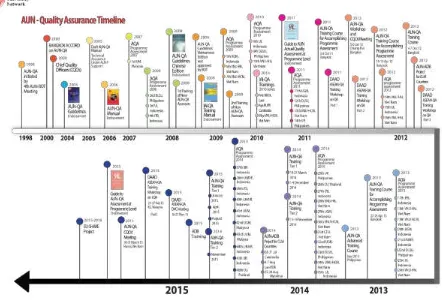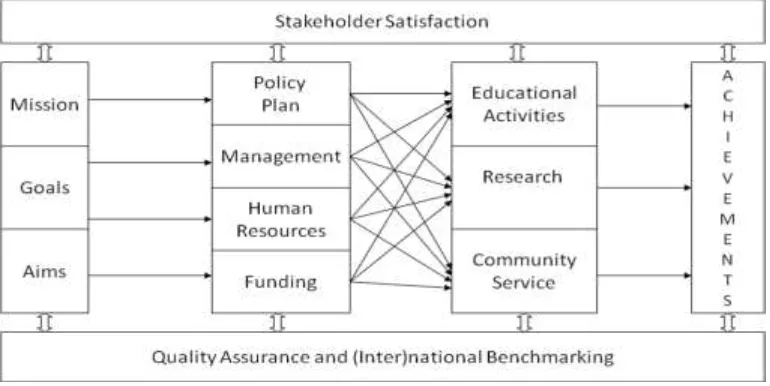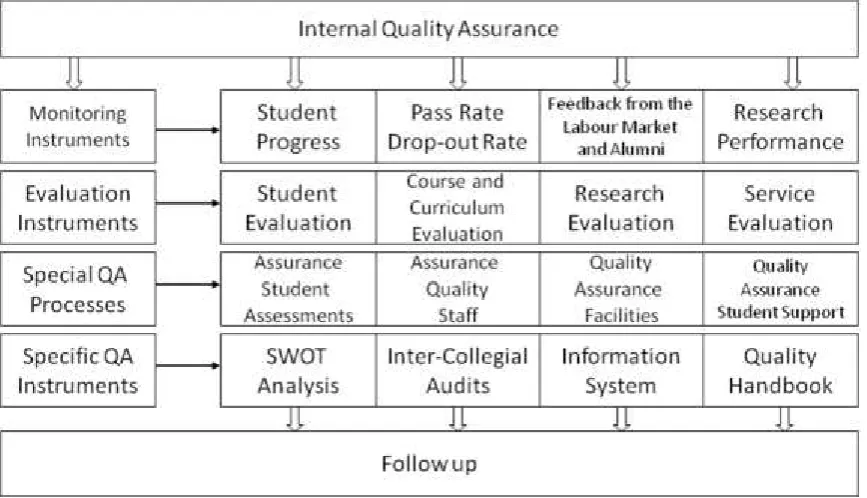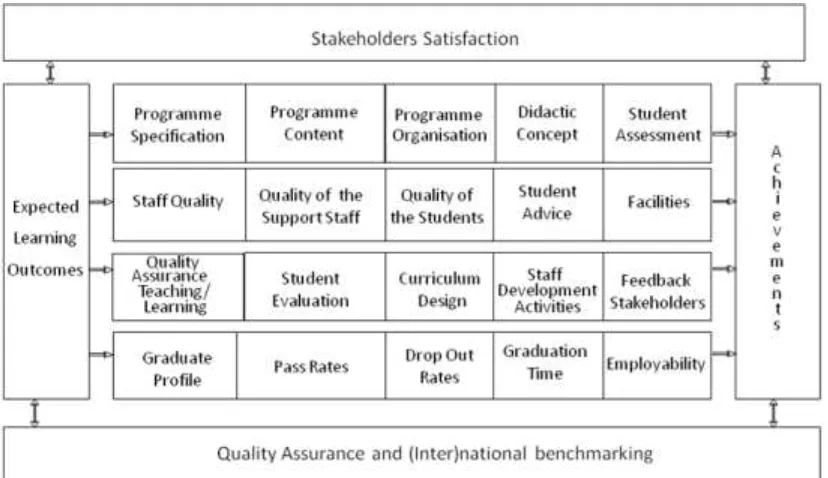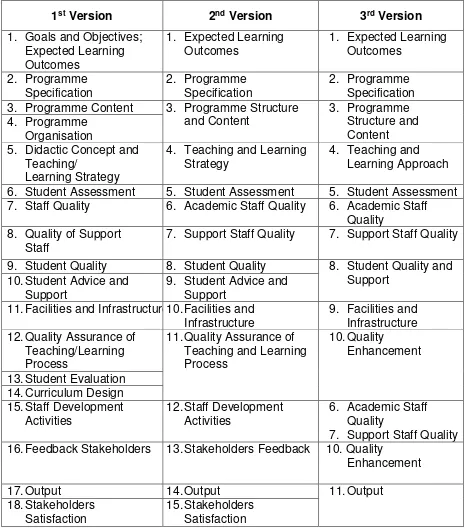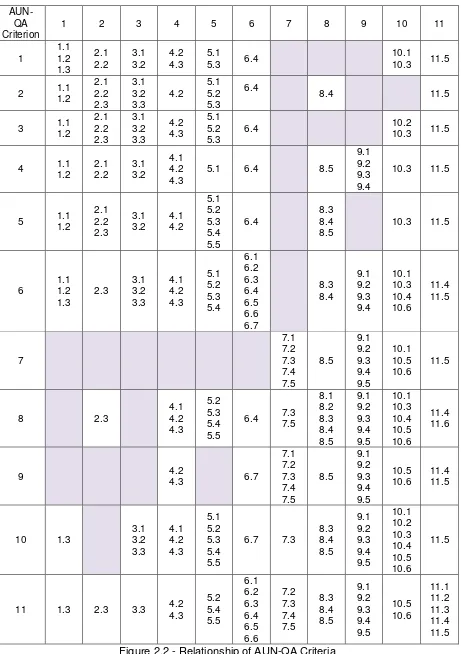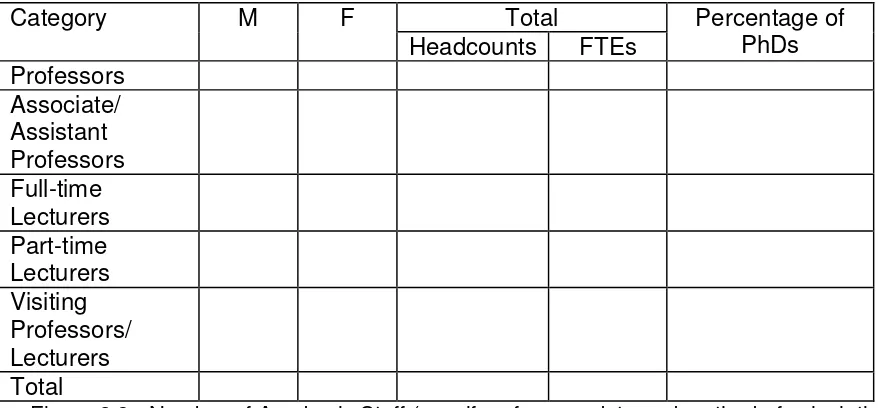I. Introducció als models AUN-QA
Aquesta secció proporciona una visió general dels models d'Asegurament de la Qualitat de la Xarxa d'Universitats de l'ASEAN (AUN-QA). Es defineix l'Asegurament de la Qualitat (QA) en l'educació superior com un concepte multidimensional que abasta totes les funcions i activitats, des de l'ensenyament i els programes acadèmics fins a la recerca, el personal, els estudiants, les instal·lacions i el servei a la comunitat. S'explica la importància d'un sistema d'Asegurament de la Qualitat per desenvolupar, implementar, mantenir i millorar la qualitat en l'educació superior, destacant la importància tant de l'autoavaluació interna com de la revisió externa per part d'especialistes independents.
1.1 Asegurament de la Qualitat (QA) en l'Educació Superior
La qualitat en l'educació superior és un concepte multidimensional que considera aspectes com l'ensenyament, els programes acadèmics, la recerca, el personal, els estudiants, les instal·lacions i el servei a la comunitat. L'autoavaluació interna i la revisió externa, realitzades per especialistes independents, són fonamentals per millorar la qualitat. Es defineix l'Asegurament de la Qualitat com a procediments sistemàtics de gestió i avaluació per controlar el rendiment de les institucions d'educació superior.
1.2 Models AUN-QA
La Xarxa AUN-QA promou, desenvolupa i implementa pràctiques d'Asegurament de la Qualitat basades en un enfocament empíric. Els models AUN-QA comprenen dimensions estratègiques, sistemàtiques i tàctiques, subjectes a avaluacions internes i externes. S'explica la diferència entre l'Asegurament de la Qualitat intern (que garanteix que una institució compleix els seus objectius) i l'extern (que avalua si compleix uns estàndards predefinits). Els models s'apliquen a diverses universitats de l'ASEAN i s'alineen amb marcs regionals i internacionals.
1.2.1 Model AUN-QA a nivell institucional
El model AUN-QA a nivell institucional abasta 11 criteris que comencen amb les necessitats de les parts interessades i finalitzen amb els seus assoliments. Aquests criteris cobreixen la traducció dels objectius en estratègies polítiques, la gestió, la gestió de recursos humans, el finançament i les activitats principals de la universitat (educació, recerca, servei a la comunitat). L'establiment d'un sistema d'Asegurament de la Qualitat eficaç i la comparació amb les millors pràctiques són claus per a la millora contínua.
1.2.2 Model AUN-QA per al sistema d'Asegurament de la Qualitat intern (IQA)
El model AUN-QA per a un sistema IQA inclou àrees com el marc d'Asegurament de la Qualitat intern, instruments de monitorització i avaluació, processos específics per protegir activitats concretes i activitats de seguiment per a la millora. Un sistema IQA és el conjunt de sistemes, recursos i informació dedicats a establir, mantenir i millorar la qualitat de l'ensenyament, l'experiència d'aprenentatge dels estudiants, la recerca i el servei a la comunitat.
1.2.3 Model AUN-QA a nivell de programa
El model AUN-QA a nivell de programa se centra en la qualitat de les activitats educatives, considerant la qualitat dels inputs, el procés i els outputs. S'expliquen les modificacions entre les tres versions del model, que es mostren a les figures 1.5, 1.6 i 1.7 del document original. La taula 1.8 detalla els canvis en els criteris entre les versions.
II. Model AUN-QA a nivell de programa
Aquesta secció descriu el model AUN-QA i els criteris associats per a l'avaluació a nivell de programa. El model comença amb les necessitats de les parts interessades, que es formulen en resultats d'aprenentatge esperats. El model inclou quatre files que aborden la traducció dels resultats d'aprenentatge en el programa, els inputs (personal acadèmic i de suport, qualitat i suport dels estudiants, instal·lacions), la millora de la qualitat i els outputs (taxas de graduació, ocupació, satisfacció de les parts interessades). El model finalitza amb el compliment de les necessitats de les parts interessades i la millora contínua del sistema d'Asegurament de la Qualitat.
2.1 Resultats d'aprenentatge esperats
Aquest apartat detalla el primer criteri AUN-QA: els resultats d'aprenentatge esperats. S'explica com la formulació d'aquests resultats ha de tenir en compte la visió i la missió de la institució, ha de reflectir tant els resultats específics de la matèria com els resultats genèrics (habilitats transferibles), i ha de respondre a les necessitats de les parts interessades. Es proporciona una llista de preguntes diagnòstiques i fonts d'evidència per ajudar a implementar aquest criteri.
2.2 Especificació del programa
Aquesta secció aborda el segon criteri AUN-QA: l'especificació del programa. S'explica la importància de publicar i comunicar la informació sobre el programa i els cursos, per ajudar les parts interessades a prendre decisions informades. L'especificació ha de descriure els resultats d'aprenentatge esperats en termes de coneixement, habilitats i actituds, explicant els mètodes d'ensenyament, aprenentatge i avaluació. Es proporcionen llistes de preguntes diagnòstiques i fonts d'evidència.
2.3 Estructura i contingut del programa
Aquí s'analitza el tercer criteri AUN-QA: l'estructura i contingut del programa. Es destaca la importància de l'alineació constructiva entre el currículum, els mètodes d'ensenyament i aprenentatge i l'avaluació dels estudiants. El currículum ha d'estar estructurat lògicament, seqüenciat i integrat, permetent la flexibilitat per a l'especialització i la incorporació de nous desenvolupaments. La revisió periòdica del currículum és essencial per a la seva rellevància.
2.4 Enfocament d'ensenyament i aprenentatge
Aquesta secció explica el quart criteri AUN-QA: l'enfocament d'ensenyament i aprenentatge. S'analitza la influència de la filosofia educativa de la universitat en l'enfocament d'ensenyament i aprenentatge, i es destaca la importància de la construcció activa del significat per part de l'estudiant. Es descriuen les condicions necessàries per a un aprenentatge de qualitat, que inclouen la preparació de l'alumne, una raó per aprendre, la relació amb coneixements previs, l'activitat de l'aprenent i el suport del medi ambient d'aprenentatge.
2.5 Avaluació de l'estudiant
Aquí s'explica el cinquè criteri AUN-QA: l'avaluació de l'estudiant. L'avaluació ha de cobrir l'admissió, l'avaluació contínua i la prova final. S'ha d'utilitzar una varietat de mètodes d'avaluació que siguin congruents amb els resultats d'aprenentatge esperats, amb propòsits diagnòstics, formatius i sumatius. Els estàndards, procediments i mètodes han de ser explícits, coherents i justos, amb procediments d'apel·lació accessibles per als estudiants.
2.6 Qualitat del personal acadèmic
Aquest apartat analitza el sisè criteri AUN-QA: la qualitat del personal acadèmic. Es descriu la importància de la planificació a curt i llarg termini del personal acadèmic, la mesura de la ràtio professorat-estudiant i la càrrega de treball, l'avaluació de les competències del professorat, el reclutament i promoció basats en mèrits, la definició de rols i responsabilitats, la rendició de comptes, la formació i el desenvolupament, i la gestió del rendiment. S'inclouen mètodes per calcular el treball a temps complet equivalent (FTE).
2.7 Qualitat del personal de suport
Aquesta secció aborda el setè criteri AUN-QA: la qualitat del personal de suport. Es descriu la planificació a curt i llarg termini del personal de suport (biblioteca, laboratori, serveis informàtics, serveis estudiantils), els criteris de reclutament i selecció, l'avaluació de les competències, les necessitats de formació i desenvolupament i la gestió del rendiment.
2.8 Qualitat i suport dels estudiants
Aquesta secció tracta sobre la qualitat i el suport als estudiants. Es descriuen els processos de selecció i admissió, i el seguiment i el suport als estudiants durant els seus estudis. Es proporciona informació sobre la satisfacció dels estudiants i els mètodes d'avaluació de la seva experiència.
2.9 Instal·lacions i infraestructures
Aquest apartat descriu el novè criteri AUN-QA, que es centra en la qualitat de les instal·lacions i infraestructures. S'analitzen els recursos disponibles per a l'ensenyament, la recerca i les activitats dels estudiants, així com el seu manteniment i la seva adaptació a les noves tecnologies.
2.10 Millora de la qualitat
Aquesta secció explica el desè criteri AUN-QA: la millora de la qualitat. Es descriuen els mecanismes per a la millora contínua del programa, incloent-hi l'anàlisi de dades, la revisió del currículum, la recollida de feedback de les parts interessades i la implementació de millores.
2.11 Resultats
Finalment, s'explica l'onze criteri AUN-QA: els resultats. S'analitzen els indicadors de qualitat del programa, com ara les taxes de graduació, l'ocupació dels titulats, la satisfacció dels estudiants i altres paràmetres que reflecteixin l'èxit del programa.
III. Avaluació de la qualitat
Aquesta secció proporciona una guia pas a pas per realitzar l'avaluació AUN-QA a nivell de programa. Inclou informació sobre la preparació de l'Informe d'Autoavaluació (SAR), el procés d'avaluació i la seva implementació.
3.1 Introducció a l'avaluació de la qualitat
Breu descripció de l'avaluació de qualitat com a procés fonamental per assegurar la qualitat del programa.
3.2 Funció i principis de l'avaluació de la qualitat
Explicació dels principis i objectius de l'avaluació de la qualitat, garantint transparència i objectivitat.
3.3 Preparació de l'Informe d'Autoavaluació (SAR)
Instruccions detallades per a la preparació de l'Informe d'Autoavaluació (SAR), inclòs el format i la informació requerida.
3.4 Informe d'Autoavaluació (SAR)
Estructura i contingut de l'Informe d'Autoavaluació (SAR).
3.5 Preparació de l'avaluació de la qualitat
Detalls pràctics sobre la preparació de l'avaluació, incloent la selecció d'assessors i els materials necessaris.
3.6 Procés d'avaluació de la qualitat
Descripció detallada del procés d'avaluació de la qualitat, des de la visita dels assessors fins a l'emissió de l'informe final.
IV. Apèndixs
Aquesta secció conté recursos addicionals, incloent llistes de verificació, plantilles i exemples d'informes. Es detalla el contingut dels Apèndixs A, B, C, D, E i F.
